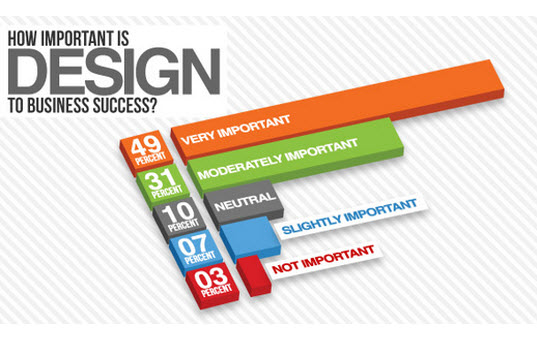Interested In Learning Exactly How Site Layout Has Developed For Many Years? Check Out The Journey From Straightforward Layouts To User-Centered Techniques
Interested In Learning Exactly How Site Layout Has Developed For Many Years? Check Out The Journey From Straightforward Layouts To User-Centered Techniques
Blog Article
Content By-Booker Trolle
In the past, internet sites were basic and focused on info. Navigating was direct, and layout was for desktops. Currently, user experience is key. Data overviews styles for simple navigation. Responsive designs fit various gadgets. Today, dark setting reduces pressure, and minimal food selections enhance navigation. Interactive features involve individuals, and strong visuals stick out. AI integration increases engagement. See just how design has actually advanced to enhance your on-line journey.
Early Days of Website Design
In the very early days of website design, simplicity reigned supreme. Websites were fundamental, with minimal colors, font styles, and designs. The emphasis was on supplying information as opposed to fancy visuals. Individuals accessed the internet with sluggish dial-up links, so speed and performance were key.
Navigation menus were straightforward, typically situated on top or side of the web page. Web sites were made for desktop, as mobile browsing had not been yet prevalent. Content was king, and developers prioritized very easy readability over complicated style aspects.
HTML was the key coding language used, and developers had to work within its restrictions. Animations and interactive features were minimal contrasted to today's standards. Websites were fixed, with little vibrant content or tailored user experiences.
Rise of User-Focused Layout
With the advancement of site layout, a change towards user-focused design principles has actually ended up being increasingly noticeable. Today, producing sites that prioritize customer experience is important for engaging visitors and attaining service goals. User-focused design entails understanding the requirements, preferences, and behaviors of your target audience to tailor the web site's layout, material, and features appropriately.
Developers now perform complete research study, such as user surveys and use testing, to gather understandings and responses directly from users. This data-driven method helps in creating intuitive navigation, clear calls-to-action, and visually attractive interfaces that reverberate with site visitors. By placing the customer at the center of the design process, sites can deliver a much more individualized and enjoyable experience.
Responsive layout has actually likewise emerged as a key aspect of user-focused layout, ensuring that internet sites are optimized for different tools and display sizes. This flexibility boosts ease of access and functionality, catering to the diverse methods customers communicate with web sites today. In essence, the increase of user-focused layout indicates a change towards creating electronic experiences that focus on the needs and expectations of the end customer.
Modern Trends in Website Design
Discover the current trends forming website design today. One noticeable fad is dark mode style, offering a smooth and modern-day look while decreasing eye strain in low-light settings. https://www.cpapracticeadvisor.com/firm-management/article/21265350/how-accounting-firms-can-target-a-niche-using-seo is minimalist navigating, streamlining menus and improving user experience by concentrating on essential elements. Incorporating micro-interactions, such as animated switches or scrolling impacts, can create a much more appealing and interactive website. Receptive design continues to be crucial, making certain smooth user experiences throughout different gadgets. In addition, using vibrant typography and asymmetrical designs can add aesthetic rate of interest and accentuate certain web content.
Integrating AI technology, like chatbots for client support or individualized suggestions, enhances individual engagement and enhances processes. Availability has likewise end up being a considerable fad, with designers prioritizing comprehensive style techniques to satisfy diverse individual needs. Embracing sustainability by enhancing site performance for speed and effectiveness is one more emerging trend in web design. Collaborating with customer responses and data analytics to iterate and enhance layout continually is crucial for staying pertinent in the ever-evolving digital landscape. By embracing these modern-day trends, you can develop an aesthetically attractive, easy to use internet site that reverberates with your audience.
Verdict
As you review the evolution of internet site style from the very early days to currently, you can see how user-focused layout has come to be the driving pressure behind modern trends.
Welcome the journey of adjustment and adjustment in website design, constantly maintaining the individual experience at the leading edge.
Stay current with the most recent trends and technologies, and never ever stop progressing your approach to develop visually magnificent and user-friendly web sites.
Evolve, adjust, and create - the future of website design remains in your hands.
